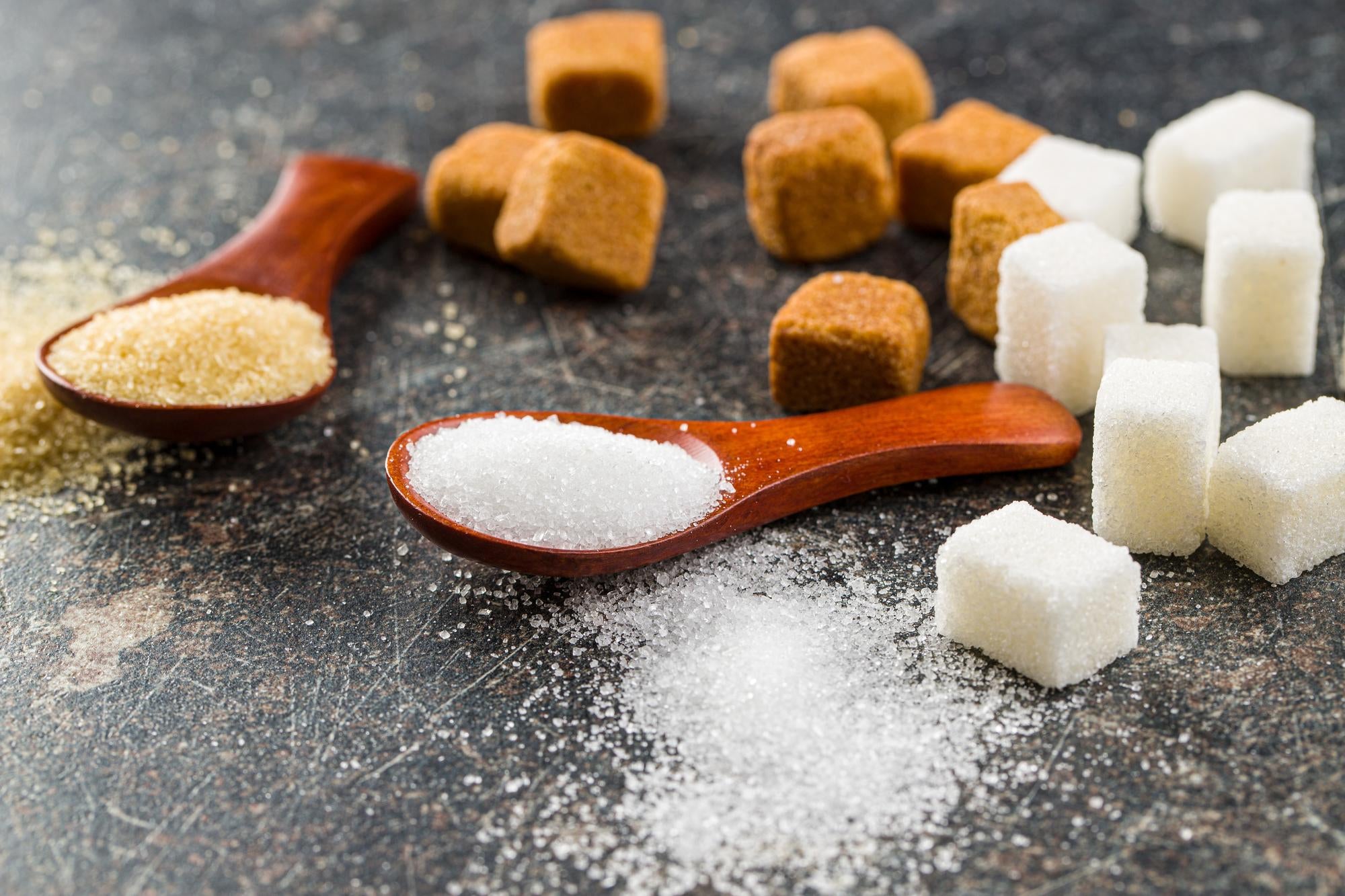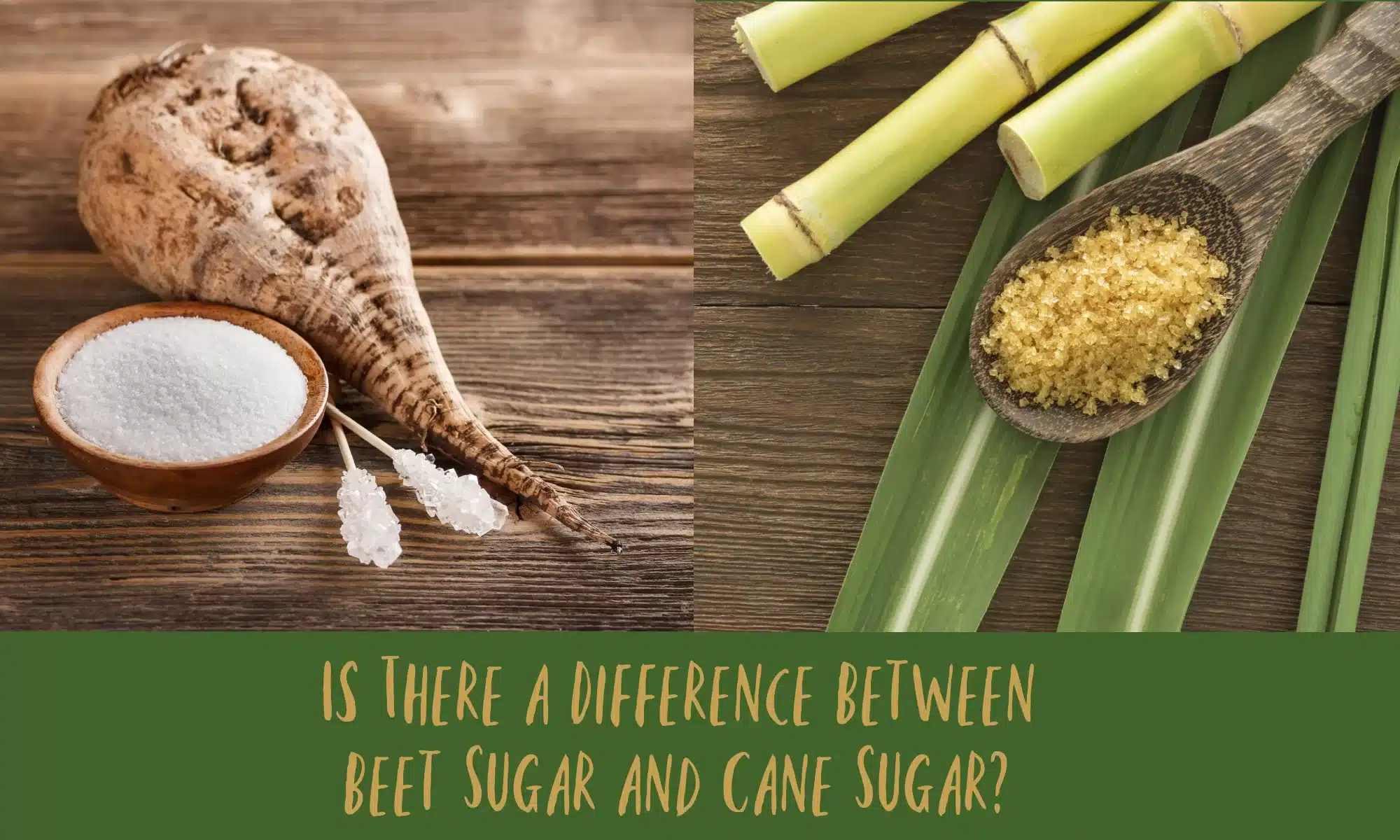Exploring the Distinctions in Uses and Advantages Between Beet Sugar Vs Cane Sugar
In the culinary globe, the option between beet sugar and cane sugar is not merely concerning sweetness yet entails a nuanced factor to consider of flavor, application, and impact. While both sugars stem from different plants, each goes through special manufacturing procedures that discreetly influence their characteristics and suitability for various recipes. As cooks and customers significantly focus on both the environmental and flavor profiles of their components, comprehending these distinctions comes to be essential. This exploration uses insight into exactly how each sugar kind can best boost culinary developments.
Beginnings and Manufacturing Processes of Beet and Cane Sugar

Walking stick sugar, on the various other hand, comes from the sugarcane plant, an exotic turf native to Southeast Asia yet now grown in tropical areas worldwide - beet sugar vs cane sugar. The manufacturing of cane sugar begins with the harvesting of cane stalks, which are crushed to release the juice.

Nutritional Material and Health And Wellness Considerations

When contrasting the nutritional content of beet sugar and cane sugar, it ends up being evident that both kinds essentially give the very same caloric worths, with around 16 calories per tsp and no considerable nutrient variety. Both sugars, when eaten in excess, can contribute to raised blood glucose degrees, a threat factor for diabetes and various other metabolic problems. From a health viewpoint, regulating consumption of any type of kind of sugar, whether from beet or cane, is a good idea to prevent these potential adverse impacts on well-being.
Taste Profiles and Culinary Applications
Regardless of their comparable chemical structures, special info beet sugar and cane sugar vary discreetly in taste, which can affect their use in different cooking contexts. Read Full Report Cane sugar frequently brings a tip of molasses, also in its refined type, providing a warm, caramel-like touch that boosts baked products, coffee, and chocolate-based recipes. On the other hand, beet sugar is identified by its very improved, neutral preference, making it a functional sweetener that does not modify the flavor profiles of recipes.
Ecological Effect and Sustainability
While both beet and cane sugars are acquired from plants, their ecological influences differ dramatically due to the distinct approaches of growing and handling required for each. Sugar beet growing typically involves substantial automation, which can raise fossil fuel usage and carbon exhausts.
In addition, the processing of sugarcane commonly produces a significant quantity of waste, including bagasse, which, although functional as biofuel, regularly adds to air pollution if burned inefficiently. Sugar beet processing utilizes even more of the raw products, leading to much less waste. Both industries deal with obstacles in minimizing their environmental have a peek at this site impacts, but continuous innovations in agricultural techniques and waste monitoring are aiming to boost sustainability.
Economic Factors Affecting the Sugar Industry
The financial characteristics of the sugar sector are significantly affected by worldwide market demands and trade policies. Variables such as tariffs, aids, and worldwide trade arrangements play essential duties fit the affordable landscape. As an example, in regions where sugarcane or sugar beet manufacturing is subsidized, manufacturers may have an economic benefit that enables them to provide lower costs on the global market. This can develop differences in success and market gain access to for manufacturers in countries without such aids.
In addition, fluctuations in international demand for sugar, affected by dietary trends and commercial use in foodstuff, directly effect costs and manufacturing levels. beet sugar vs cane sugar. Weather condition conditions likewise play a pivotal role, as they can dramatically affect crop yields and, as a result, the supply chain. This variability presents a degree of economic uncertainty that can cause investment volatility in sugar production markets, affecting decisions from growing to market method
Verdict
Finally, both beet and cane sugar have one-of-a-kind high qualities that match different culinary demands. While cane sugar imparts an abundant taste perfect for enhancing baked goods, beet sugar's neutrality is best for lighter meals. Nutritional similarities notwithstanding, their distinct production processes and environmental effects include complexity to the selection in between them. Hence, understanding these distinctions helps cooks and customers make informed choices that line up with their health and wellness, culinary, and moral preferences.